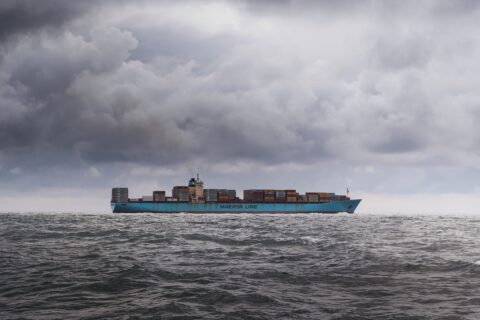
Because of this, 90% of Fortune 500 corporations seek assistance from third-party logistics (3PL) organizations. The 3PL business has expanded at an exponential rate alongside the e-commerce industry, and is expected to reach $1.75 trillion by 2026.
There is a good reason why 3PL services are in high demand. These professionals in shipping and fulfillment pick, pack, and ship products to your customers while keeping your inventory in their warehouses.
Here is what you need to know to locate and choose the proper vendor whether you’re prepared to work with a 3PL for the first time or considering working with numerous 3PL partners to diversify and reduce risk.
What is a 3PL?
An associate or service known as a 3PL (Third-Party Logistics) aids online retailers in managing their supply chain. The management of warehouses and inventories, order fulfillment, shipping arrangements, retail distribution, exchanges, and returns are typical 3PL services.
In the end, working with a 3PL enables a merchant to concentrate on other areas of their business.
You can store your goods at a 3PL vendor’s warehouse and have the merchandise transported directly from your manufacturers, saving you the hassle of managing your own warehouses and handling distribution in-house. Items are automatically dispatched from the 3PL’s warehouse once an online customer puts an order. Customers don’t give the handoff between receiving orders and fulfilling them much thought because the procedure is so easy and smooth with a 3PL.
Although supply networks are not the most glamorous aspect of retail, they are likely the most crucial and require the most investment from businesses.
How does a 3PL work?
Although the 3PL fulfillment procedure can change depending on the supplier and the services you’ve chosen, the standard procedure is as follows:
- At its warehouse, the 3PL collects your merchandise and arranges each SKU.
- The 3PL is either manually forwarded or automatically pushed orders from your e-commerce site (if its software integrates with your online store).
- Orders from your e-commerce site are either manually forwarded or automatically routed to the 3PL (if its software integrates with your online store).
- With the order information and the receipt, the items are packaged in boxes.
- Alternatively, the 3PL employs one of its shipping carrier partners to print the shipping label.
- The product is picked up by the shipping company and delivered to your customer via the 3PL’s distribution facility.
- The 3PL system receives tracking data, which is then synced with your order management system.
ProConnect Integrated Logistics – Your Warehousing & Freight Forwarding Partner
A third-party logistics firm can help shippers mitigate a variety of risks throughout the supply chain by outsourcing certain logistics functions. By partnering with a 3PL, a shipper can free up time to concentrate on his or her core competencies without suffering from the ever-shifting logistics landscape.
If you are looking for a partner to take care of all your logistics hassles, talk to us.





 APP DOWNLOAD
APP DOWNLOAD